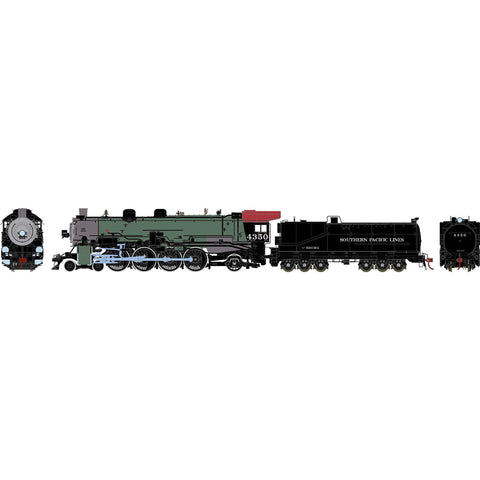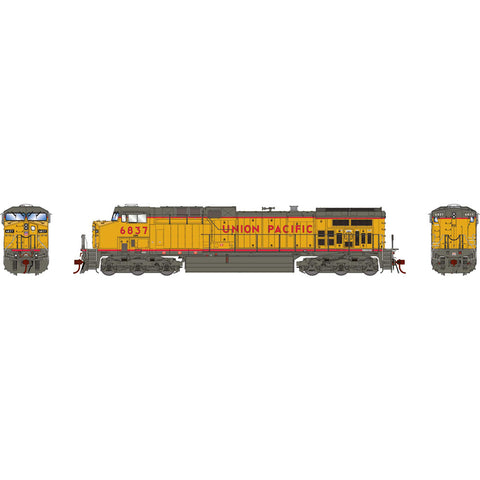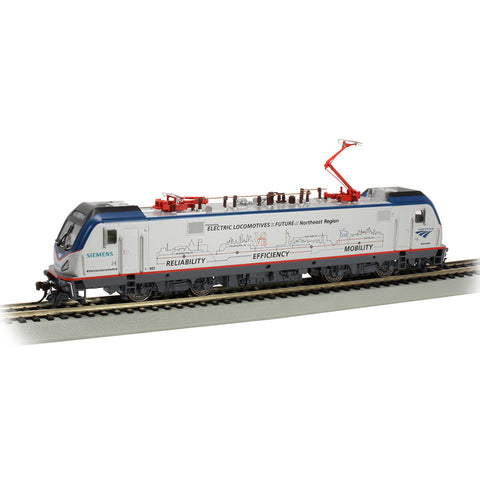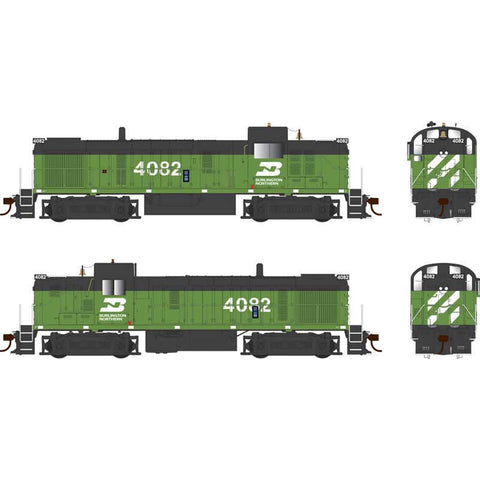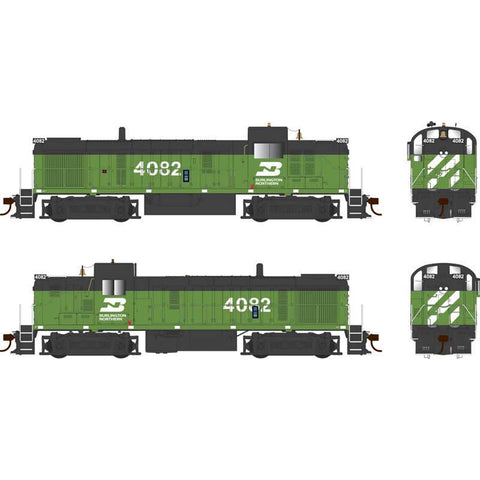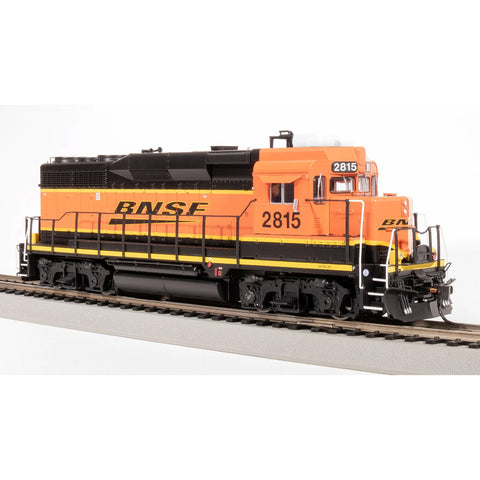
HO EMD GP30 DCC/SOUND BNSF #2820
ITEM NUMBER: BLI7563
The EMD GP30 is a 4-axle diesel-electric locomotive built by General Motors Electro-Motive Division between July 1961 and November 1963. A total of 948 units were built for railroads in the United States and Canada. The GP30's were designed to compete with GE's U25B. The U25B offered 2500 horsepower, while the existing EMD GP20 was only rated at 2,000 hp. The EMD's engineering department ended up using a 16 cylinder 567D3 engine that produced 2250 hp for the GP30. They also made several improvements on the GP20 design meant to match the U25B - a sealed airtight long hood, a single central air intake, and easier access for maintenance. These changes required more space behind the cab, and this was achieved vertically by raising the height of the locomotive, providing space for the central air system, the turbocharger, and electrical cabinet. This increased height meant a new body was required. EMD wanted the new body to be modern and updated, so the GM Automotive Styling Center created the GP30's unique "hump" and cab roof profile.
In our first production, we are modeling eleven railroads and twelve distinct paint schemes - all models with prototypically accurate road numbers and paint schemes. Each model has our newest Paragon4 Sound/DC/DCC control system featuring Rolling Thunder, and equipped with integral GoPack capacitor packs. All of our models have road-specific details and lighting.
List of individually controllable lights in our EMD GP30 models:
-
Headlight
-
Rear Light
-
Numberboard Lights (Front & Rear)
-
Front Classification Lights
-
Rear Classification Lights
-
Cab Light
-
Mars Light (where appropriate)
-
Rotary Beacon (where appropriate)
-
Ditch Lights (where appropriate)
Road-specific detail options that are prototypically accurate for each road name:
-
Truck sideframes
-
Dynamic brake hatch
-
Roof fan arrangement and type
-
Short hood detail arrangement
-
Long hood end detail arrangement
-
High short hood option where accurate
-
Horn type and location
-
Bell location
-
Front pilot details
-
Rear pilot details
-
Cut level details
-
MU receptacle arrangement
-
Sunshade options
-
Antenna type and location
-
Wind deflector type
We Also Recommend

